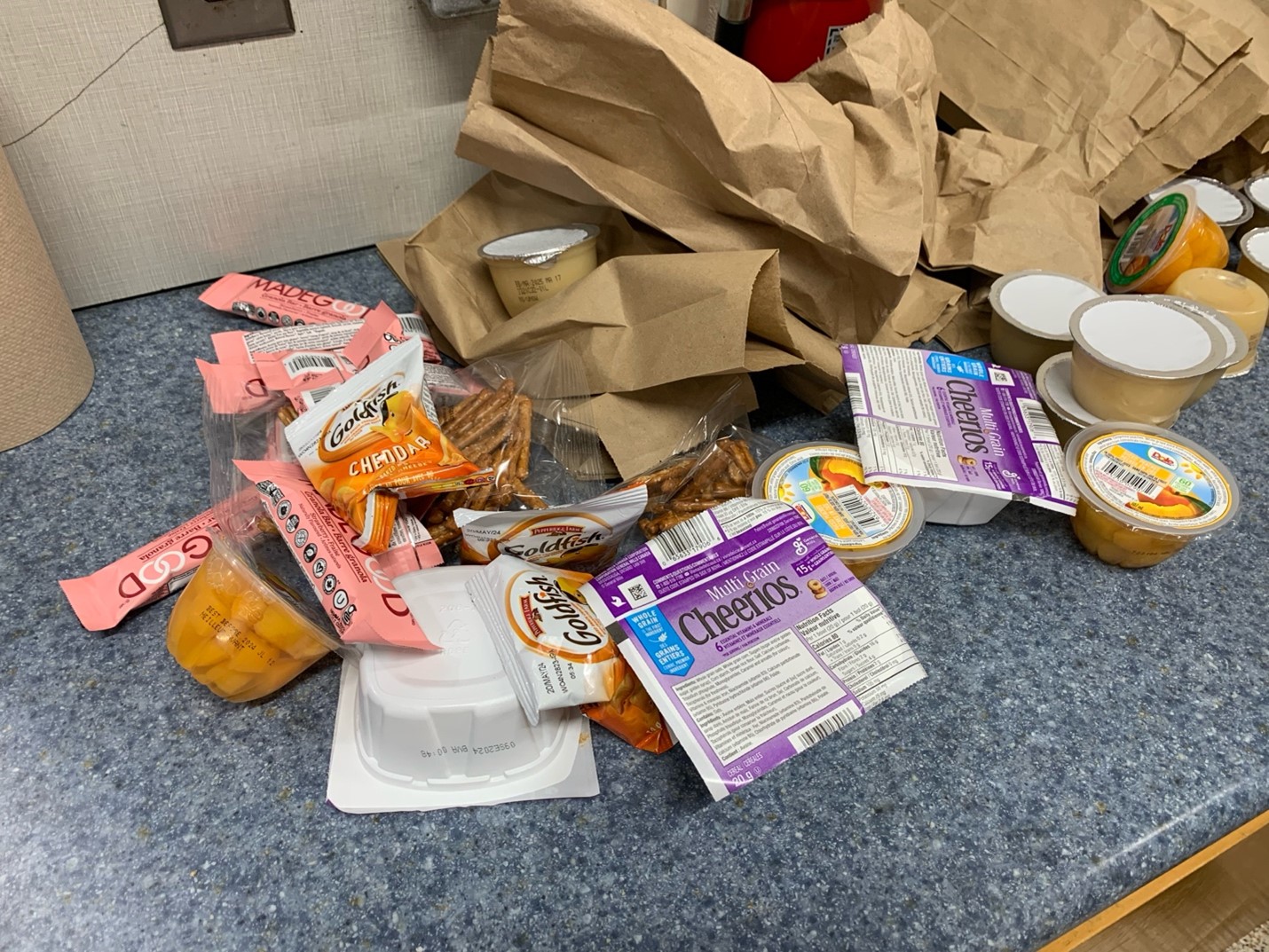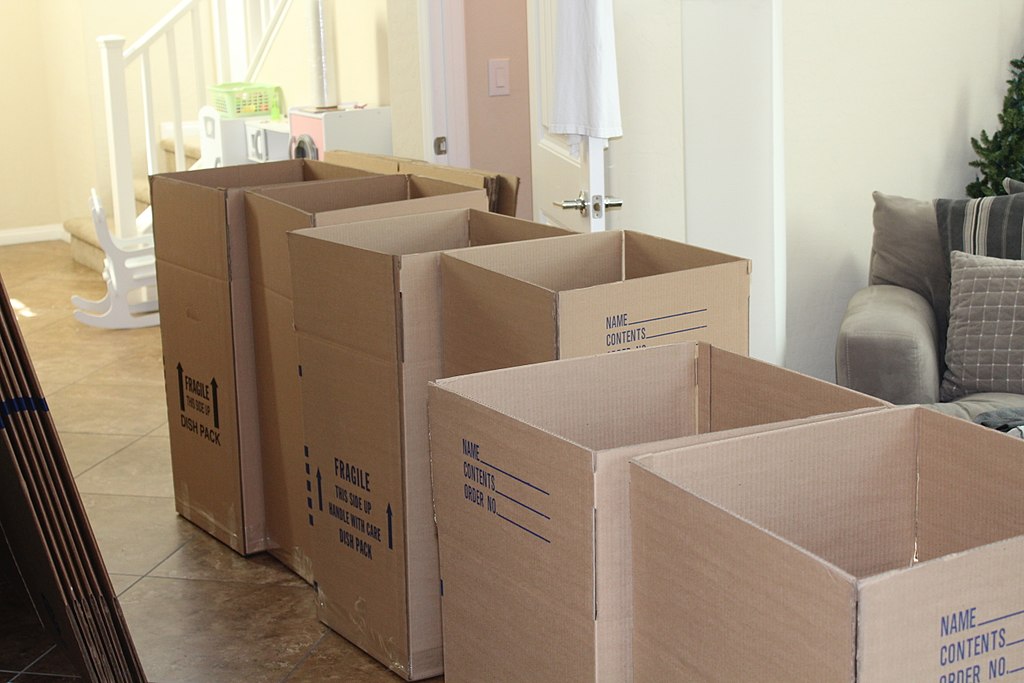Opinion. By Michelle Diplock, Manager of Planning and Government Relations, West End Home Builders’ Association
Like Hamilton, Burlington’s housing landscape is changing. As part of the Greater Golden Horseshoe, Halton Region is projected to grow by 485,000 people to more than 1.1 million in 2051. A significant number of those people are going to move to Burlington. All levels of government have the responsibility to ensure that Burlington has enough housing available to meet the coming demand.
Unlike Hamilton, Burlington has limited opportunities left for what we call “greenfield” development, meaning new housing and new neighbourhoods built on the outskirts of our city. This means most of Burlington’s new housing will be built up and in: up — with taller buildings in the downtown area as well as increased density around Burlington’s Major Transit Station Areas (MTSAs: the GO stations); and in — with denser infill and “missing middle” housing projects throughout the rest of the city. While Burlington saw significant residential construction in the past few years, the number of new homes being built has not kept pace with our population growth. The Smart Prosperity Institute ran the numbers: if housing construction in Hamilton/Burlington had kept pace with the population growth in Ontario, an additional 11,536 new low-density homes and 349 additional apartment units would have already been built. Lack of housing has led to significant price increases across the GTA and Burlington.
The factors that direct the placement and density of housing is a mix of market-demand and municipal growth planning. Growth planning is happening now with Halton Region’s Official Plan Review. In total, Halton will need to build several thousand new homes to accommodate our population growth to 2051. Halton Region is going through a long-range planning exercise to determine how many new people each municipality (Oakville, Halton Hills, Milton, and Burlington) is expected to accommodate. Once that happens, the City of Burlington will begin the process of charting out how we will grow. Let’s look at each method of growth (up and in) to understand how housing options are expected to evolve over the next 30 years.
Up
Burlington is going to continue to get taller, especially downtown and around our GO stations. Aldershot, Burlington, and Appleby GO stations are all designated by the city and the province as Major Transit Station Areas. This means that much of the area within about a 1 km radius of each station is designated for significant future development — including the construction of new homes at higher densities than Burlington has ever seen in these areas previously. In fact, through A Place to Grow (the provincial plan for growth that Burlington needs to follow), Aldershot, Burlington, and Appleby GO stations will have minimum density targets ranging from 120 to 150 residents and jobs per hectare. These increased heights and densities will be communities that support a car-free lifestyle, with complete neighbourhoods featuring daily and weekly amenities within walking or transit distance. The timing for the conversation on how we grow up is perfect, as the City of Burlington is currently consulting the public on how we will grow around our GO stations into the future.
Burlingtonions will also adopt different travelling habits, as transit-oriented communities encourage the use of public transit, and slowly reduce dependence on cars. A large portion of our city’s new and existing residents will live in high-rise communities. Burlington will need to plan for amenities like transit, parks, shops, and recreation centres to support an urban lifestyle. In support of this investment, creative thinking and openness to lifestyle changes is essential. Burlington needs to grow “up” to reduce pressure on our environment and more sustainably into the future.
In
Another way Burlington can grow sustainably is within our existing low-density neighbourhoods. Growth in Burlington can happen through “missing-middle” type housing. There is tremendous potential for redevelopment of our existing single-family home lots into house-sized apartment buildings that can accommodate more than one family. Indeed, 17% of Burlington’s total area is dedicated to low-density residential areas, and most of that is reserved only for single family homes. This land presents a significant opportunity to accommodate more people and develop missing middle homes. Right now, this “middle” density type of housing is missing because it is not permitted to be built throughout our neighbourhoods. Missing middle home types include duplexes, triplexes, and fourplexes, as well as laneway or backyard housing, and interior apartments. These types of homes fit seamlessly into our existing neighbourhoods. By changing our rules to allow for this type of housing in our neighbourhoods through as-of-right zoning (i.e. without obtaining special site-specific approval or zoning changes from the city), we can encourage a more sustainable and walkable community in the future.
Putting it together
Getting housing right is important to reach our city’s full potential. More people mean more homes are needed. We should do our part to ensure all neighbourhoods — new and existing — can accommodate the variety of residents’ desires and ensure everyone has access to a place to live here in Burlington.
Michelle Diplock is the Manager of Planning and Government Relations with the West End Home Builders’ Association. She holds a Master of Planning, a B.A. in Geography, and is currently a Candidate Member with the Ontario Professional Planners Institute.



